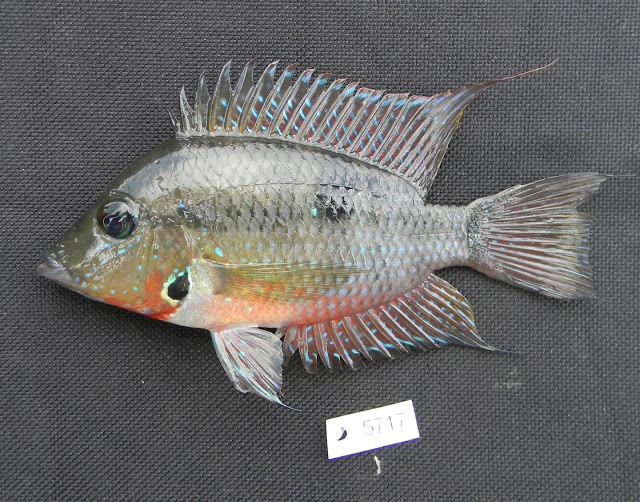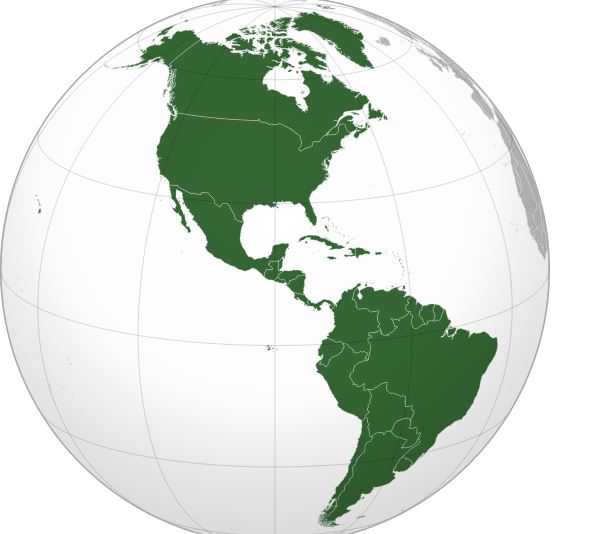| Online: | |
| Visits: | |
| Stories: |

| Story Views | |
| Now: | |
| Last Hour: | |
| Last 24 Hours: | |
| Total: | |
Geologic Game Changer: When Continents Hooked Up
Until recently, most geologists had determined the land connecting North and South America, the Isthmus of Panama, had formed 3.5 million years ago. But new data shows that this geological event, which dramatically changed the world, occurred much earlier. In a comprehensive biological study, researchers have confirmed this new information by showing that plants and animals had been migrating between the continents nearly 30 million years earlier.
The researchers found large pulses of movement among these plants and animals between North and South America from 41 million, 23 million and eight million years ago. These coordinated spikes in migration imply that geological changes in Central America, such as landmass formation and new freshwater corridors, were aiding migration for many kinds of plants and animals.
One of the cichlid fish from Guatemala, Thorichthys meeki, collected by LSU Curator of Ichthyology Prosanta Chakrabarty for the study that refuted the date in which the Isthmus of Panama was formed.
Credit: Courtesy of Prosanta Chakrabarty, LSU
Even after the reported geological closure, geminate marine species, those close relatives found on opposite sides of the narrow isthmus, also provide evidence that this landmass between North and South America is more like a sponge where organisms can periodically pass rather than a solid barrier. The current expansion of the Panama Canal has yielded new fossils that have informed these observations.
‘Now we know that the closure of the Isthmus of Panama, which is supposed to be one of the biggest deals in geology, is just one part of a really complicated puzzle of how the continents came together,’ Chakrabarty said.
He and colleagues at LSU mapped the evolution of two major families of fishes in Central America — cichlids, which include many aquarium fish, and poeciliids, which include guppies and swordtails. They collected samples of fishes from every country in Central America and sequenced the DNA to determine the genetic relationship between species. Matching the skeletal structure of fish found in the fossil record, they calibrated the DNA-based evolutionary tree and determined the age of each species.
Because freshwater fish can only migrate when a new passage way opens to a river or lake, there must have been dry land with freshwater running through it, Chakrabarty said. Therefore, their arrival in Central America signifies early geological changes.
‘The cool thing is there are so many freshwater fish species that are essentially stuck in one place until the land changes, so they can tell us about the history of the Earth,’ he said.
The formation of the Isthmus of Panama had large-scale effects on the planet. It divided the Atlantic and Pacific oceans, thus changing sea levels and ocean currents. This affected global temperatures possibly causing periods of glaciation.
‘The geology of this whole region is so complicated, and it’s amazing to me that the biology can inform us of that,’ he said.
Chakrabarty has been conducting research on Central American freshwater fish for about 15 years. He has received more than $1 million in National Science Foundation funding for this work. He and his lab have collected fish species from every country in Central America and have expanded the specimen collection at LSU to South America, the Greater Antilles and much of Asia. He is currently researching the evolution and migration of freshwater fish between South America, Central America and the Greater Antilles that may have began 50 to 60 million years ago.
Alison Satake
Source: http://www.ineffableisland.com/2015/06/geologic-game-changer-when-continents.html





